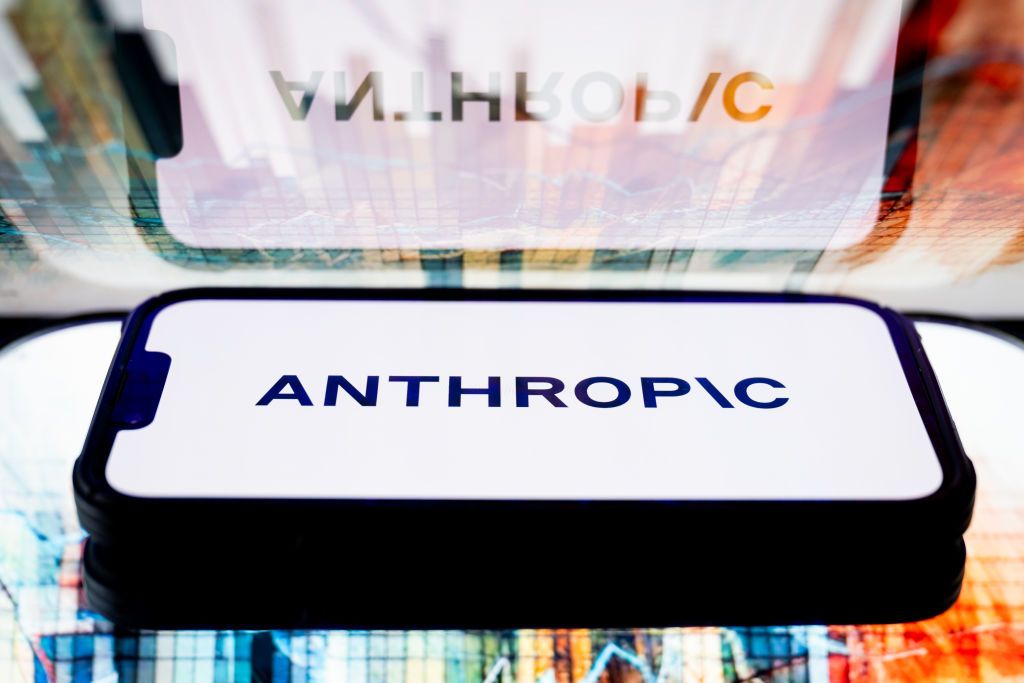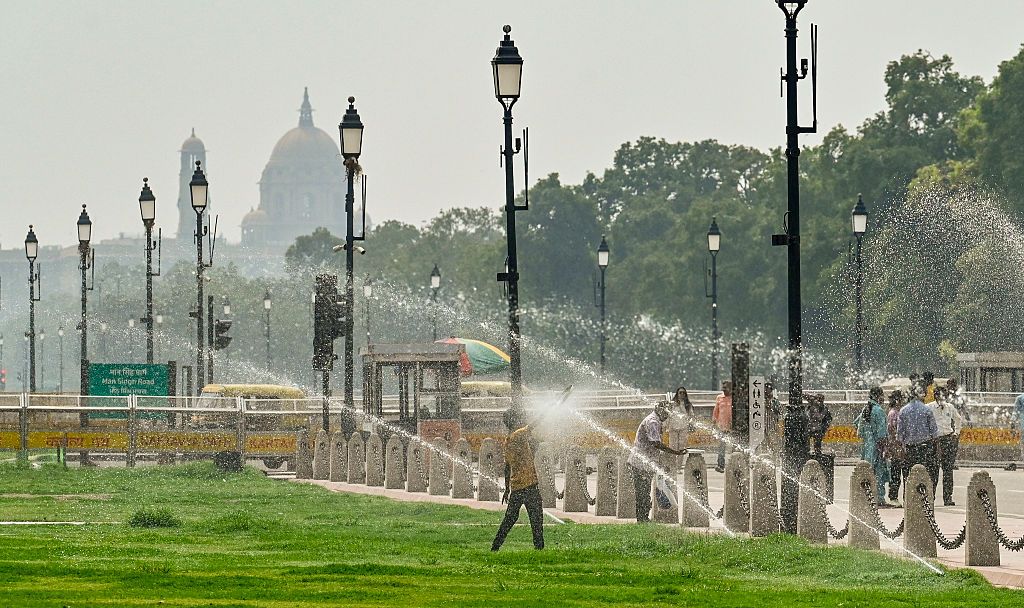India Is Using AI and Satellites to Map Urban Heat Vulnerability Down to the Building Level
The Indian government has embarked on a groundbreaking project to map urban heat vulnerability in cities across the country using artificial intelligence (AI) and satellite technology.
The aim of the project is to identify areas most at risk of extreme heat stress and develop targeted interventions to mitigate the impact on the most vulnerable populations.
By using high-resolution satellite imagery and advanced AI algorithms, researchers are able to analyze temperature data at a granular level, down to the individual building level.
This level of detail allows policymakers to pinpoint specific areas within cities that are most at risk of heat-related health issues, such as heatstroke and dehydration.
The data collected through this project will enable city planners to make informed decisions about where to invest in green spaces, cool roofs, and other heat-mitigating solutions.
By harnessing the power of AI and satellite technology, India is leading the way in using cutting-edge tools to tackle the urgent challenge of urban heat vulnerability.
The project has the potential to not only improve the quality of life for millions of city dwellers in India but also serve as a blueprint for other countries facing similar issues.
As climate change continues to drive up global temperatures, initiatives like this are crucial for ensuring the resilience of cities in the face of extreme heat events.
Through innovative solutions like AI and satellite mapping, India is taking proactive steps to protect its citizens and build more sustainable, climate-resilient urban environments.






More Stories
Congress Demands Answers on Data Privacy Ahead of 23andMe Sale
A European Startup’s Spacecraft Made It to Orbit. Now It’s Lost at Sea
The Largest Camera Ever Built Releases Its First Images of the Cosmos